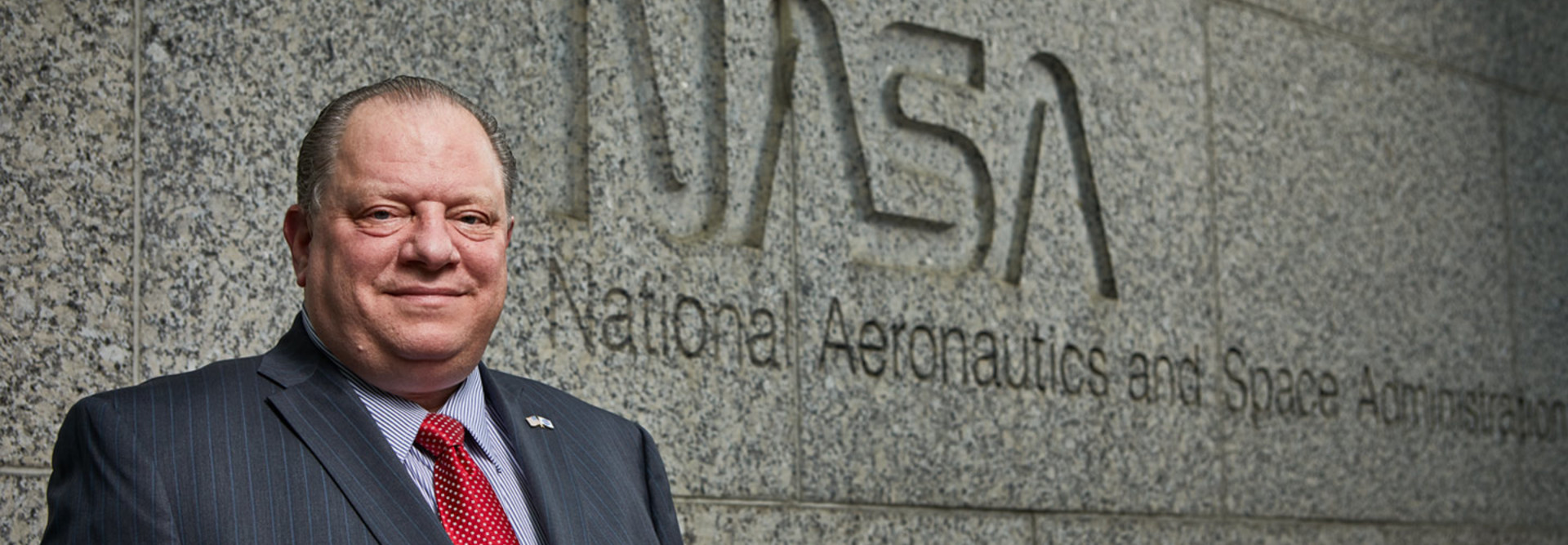WANs Go Virtual and Give Agencies More Network Control
Traditionally, organizations have operated WANs over multiprotocol label-switching lines leased from major telecoms, says Bob Laliberte, practice director and senior analyst for Enterprise Strategy Group. To ensure high availability, many organizations lease two lines, reserving one for use if the first line fails.
Some enterprises are evolving toward SD-WAN, which can run over a standard broadband connection and use 4G wireless as backup. It’s a more efficient use of bandwidth that saves money and gives organizations more control over their networks, he adds. SD-WAN can complement or replace WAN.
“We’re seeing organizations adopt technologies like SD-WAN that allow them to connect directly to the cloud without having to pass through the data center,” he says. “That frees up a lot of bandwidth they can use for other applications.”
But the transition from WANs running over MPLS to SD-WAN doesn’t happen overnight. Three-year telecom contracts need to run their course; routers and switches must be updated. Agencies optimize existing connections in the meantime.
The Agriculture Department’s 3,000-plus locations are linked by a traditional but enhanced WAN, says Frank Chad Hoeppel, acting associate CIO for the USDA’s Client Experience Center. The agency uses WAN optimization technology from Riverbed Technology to cache data locally, improving network performance and ensuring quality of service.
“The Riverbed WAN optimizer has reduced our HTTP and SSL traffic by 20 to 90 percent,” he says. “This enables us to reduce bandwidth consumption and latency, boost productivity and improve the user experience.”
Maintaining fast, reliable connections with regional offices is critical to USDA, he adds, especially as the agency expands its use of Voice over IP, collaboration and office automation apps.
“As mission areas and offices centralize data and modernize mission-critical applications, the need for robust, reliable and high-bandwidth connectivity continues to grow,” he says. “The availability of VoIP, collaboration and automation solutions is imperative to our day-to-day activities.”
The agency is replacing its current WAN connectivity provider with a new enterprise network service via GSA’s Enterprise Infrastructure Solutions program. And it’s taking a close look at SD-WAN, says Hoeppel: “Delivering new technology across a large enterprise network involves a significant change management effort.”
SD-WAN Would Offer FEMA More Network Security
The Federal Emergency Management Agency operates under adverse conditions, relying on everything from landlines and mobile phones to emergency radios, providing as much redundancy as it can manage, says CTO Ted Okada.
“We’re always thinking, ‘What’s our backup to the backup?’” he says. “How do we ensure that we’re not limited by the failure of cellular, fiber-optic or landline networks?”
FEMA’s ten regional centers and multiple subsidiary offices are connected via the Department of Homeland Security’s OneNet backbone, operated by Verizon and AT&T. DHS is looking to modernize its network and weighing whether to continue using existing leased lines or adopt virtualization at the endpoints via SD-WAN.
At FEMA, security and privacy are huge priorities, adds Okada. A software-defined perimeter would make it easier to microsegment each network, allowing access only to verified applications, devices and users.
“Every federal agency is trying to adopt industry best practices,” he says. “That means we’re all working toward getting to a zero-trust network. Software-defined networks will help get us closer to the concept of zero trust.”






_0.jpg)




